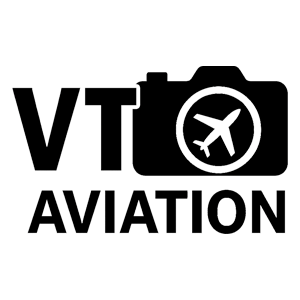SCAT Airlines has revealed its intention to enhance connectivity in new markets by placing an order for seven Boeing 737 MAX jets. Boeing (NYSE: BA) and SCAT Airlines jointly announced the procurement of seven 737-8 aircraft, marking a significant expansion of SCAT’s existing 737 MAX fleet. This strategic move, which effectively doubles SCAT’s current 737 fleet, aligns with the airline’s ambition to establish new routes, particularly focusing on European destinations.
Vladimir Denissov, the President of JSC SCAT Airlines, emphasized the airline’s dynamic growth within Kazakhstan, highlighting its status as the country’s leading carrier with the largest aircraft fleet. The addition of seven Boeing 737-8 planes is expected to boost SCAT’s overall carrying capacity, enhancing operational efficiency and facilitating timely adherence to flight schedules. Denissov expressed optimism about the expanded fleet providing SCAT with the opportunity to broaden its network of destinations, thereby offering passengers a more extensive range of travel options.
Headquartered in Şhymkent, Kazakhstan, SCAT currently serves a diverse array of domestic and international destinations spanning the Commonwealth of Independent States and Central Asia. Notably, SCAT holds the distinction of being the first airline in Central Asia to introduce the 737 MAX series, currently operating three 737-8 and five 737-9 airplanes. This recent order for seven additional 737-8s was not previously disclosed on the Boeing Orders & Deliveries website.
Brad McMullen, Boeing’s Senior Vice President of Commercial Sales and Marketing, acknowledged the significance of this repeat order, characterizing it as a testament to SCAT’s confidence in the 737 MAX family’s value, performance, and reliability. McMullen expressed Boeing’s commitment to supporting SCAT’s expansion initiatives and affirmed the company’s integral role in SCAT’s long-term success.
The 737 MAX family is renowned for its exceptional performance, featuring lower operating costs and extended range capabilities conducive to the profitable exploration of new destinations within the single-aisle market. The 737-8, configurable to accommodate up to 210 passengers, boasts a range of up to 6,480 km (3,500 nautical miles), while the 737-9, with a seating capacity for up to 220 passengers, offers a range of up to 6,110 km (3,300 nautical miles).


